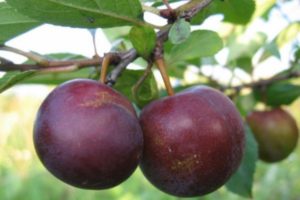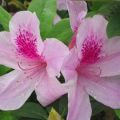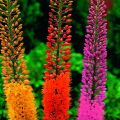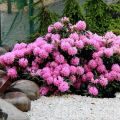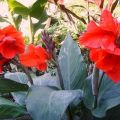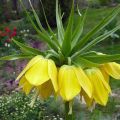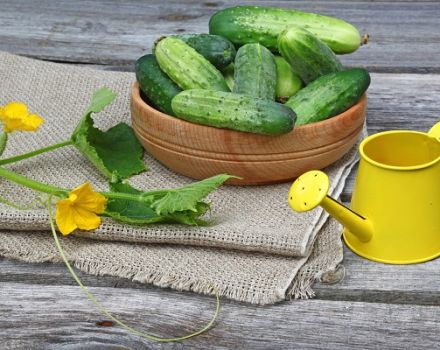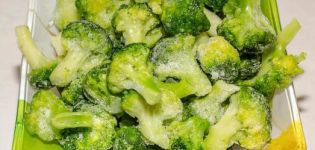Description and history of origin of Ptichya cherry varieties, application and care features
In different reference books there is a description of sweet cherry or Bird cherry. Part of the discrepancy in terminology is due to the fact that this plant has several varieties. This cherry is considered one of the oldest, cultivated by man. Sweet cherry grows in the southern regions of Russia, but is also found in the wild in northern latitudes. Berries contain many beneficial trace minerals, including fructose and glucose.
Origin story
Bird cherry belongs to wild crops. Excavations have shown that this plant has been used since ancient times. The first mentions of cherries date back to the 4th century BC. Over time, breeders transported the tree from Kerasunt (considered the birthplace of culture) to the territory of the Roman Empire.
In the Middle Ages, researchers divided cherry and sweet cherry into separate subspecies. The first group included trees with sweet fruits, and the second - with sour ones. Currently, in the English-speaking countries, such a gradation is still preserved. Moreover, this variety is referred to as a caesar.
Botanical description
Bird cherry, on average, grows up to 15 meters in length, although cases have been recorded when the trunk, together with the crown, reached 30 meters. The culture is fast developing. The tree is characterized by the following features:
- straight trunk;
- light crown;
- there are more than three leaves on the branches;
- ovoid (less often cone-shaped) crown.
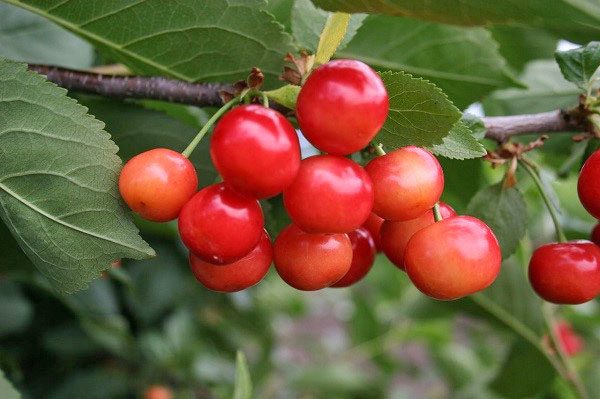
In the first years after planting, the bark of young cherries is brown, red or silvery. In rare cases, the trunk peels off as the plant matures.
The roots of most cherries grow mainly inward, but sometimes they are able to form large and branched systems.
There are two types of cherry shoots:
- shortened, on which fruits are formed;
- elongated, allowing the growth of the tree.
Leaves up to 16 centimeters long have various shapes (pointed, epileptic and other). White cherry flowers are bisexual (self-pollinated plant), appearing long before bud break. Avian cherry reproduces by seed method, by pneumatic shoots or through the root system. In the wild, the first option is common.
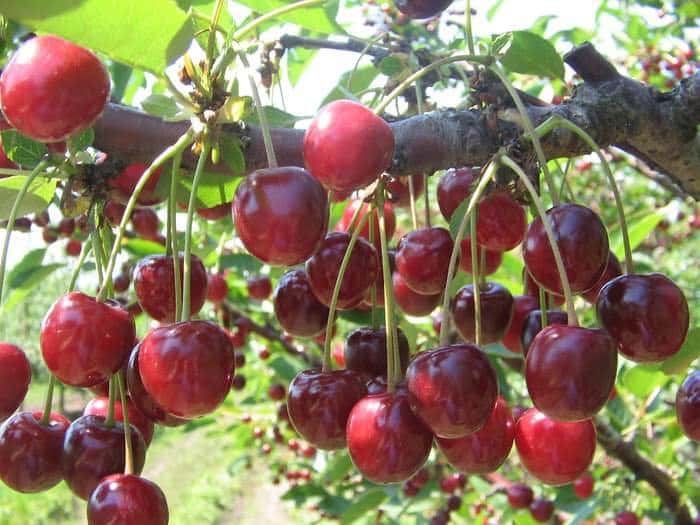
Economic value and application
Bird cherry is grown on private plots, mainly for its fruit. Also, the plant is used for breeding bees, to obtain honey in early spring. Up to 35 kilograms of this product can be obtained from one hectare of plantations.
Cherry fruit
Bird cherry has fleshy fruits with a large stone in the middle. Berries are distinguished by an oval or spherical shape.The fruit color ranges from light yellow to dark shades. For crops grown in private plots, the berries reach 2 centimeters in diameter. The plant produces crops by the end of May or June.

Reproduction
Reproduction is carried out using seeds or grafting. The first option is suitable for planting a wild tree. Such a plant is then used as a scion to breed cultivated cherries.
Diseases and pests
Bird cherry suffers from the following pests:
- Coccomycosis. It mainly affects the leaves, provoking the appearance of red-brown spots.
- Gray rot (moniliosis). Causes rapid drying of flowers and decay of berries.
- Hole spotting (clasterosporium disease). It affects the plant at any stage of development. Due to the pest, brown spots form on the leaves and the fruits die.
To avoid cherry infection, it is recommended, after flowering and 2 weeks before harvest, to treat the tree with a 1% solution of Bordeaux mixture or other fungicidal compounds.
